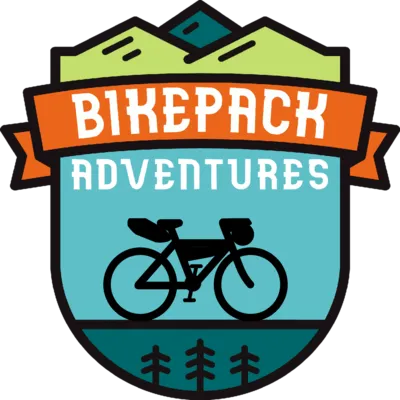 Bikepack Adventures
Bikepack AdventuresThis is an offroad, unofficial, completely self-supported bikepacking group ride in the spirit the underground ‘Tour divide’ style and under the same rules. No registration, no support, no insurance, no prizes – those who choose to simply meet up for an informal group ride along a plotted route on public trails open to all at a suggested time. You show up and ride at your own risk. The BC Epic is a 1000km (1066 to be exact), 11 600m elevation traverse across South Central BC starting in Merritt and ending in Fernie (or vice versa if you choose) mostly along the Trans Canada Trail.
The route is about 80% off road on mostly old, decommissioned rail grades (Kettle Valley Railroad from Brookmere to Midway, Columbia Western from Midway to Castlegar and Great Northern from Salmo to Nelson), with a few sections of challenging singletrack and the rest mostly rough gravel forest service road and about 100km paved. It is spectacular ride crossing through a great diversity of terrain and ecosystems with remarkable scenery, trestles hundreds of feet high and multiple tunnels (longest almost a kilometre!) along the bed of some of the most expensive railway ever laid through the mountains.

Lennard Pretorius

Mountain Bike: For mountain bikes, it is recommended to use tires on the bigger end of the spectrum, in order to provide as much comfort as possible. 3″ tires would be overkill, but something in the 2.25″ to 2.6″ range would be ideal. A full-suspension bike would be overkill.
Gravel Bike: A cyclocross bike is not recommended for this route. That does not mean it is impossible to complete it on 38C tires, it just means that it would be overly difficult and possibly dangerous. If using a gravel bike with 700 wheels, you’ll want to have a newer style gravel bike that can accommodate tires in the 2″ or larger range. Many parts of the route can be ridden on smaller tires such as 45C, but some parts would be overly difficult. Only ride a gravel bike if you have a lot of experience riding singletrack on drop bars or you may find yourself walking more than you like.
Setup: Run tubeless if possible. You can use bikepacking style bags or a hybrid setup with small panniers. A lighter set-up allows of easier riding, especially in the hillier and more technical sections. You are also going to want to have a wide-range of gear options for climbing the bigger and tougher hills.
Campgrounds: Check the POI’s for camping locations and use your diligence to look over the maps beforehand.
Wild camping: When wild camping, do your best to leave no trace. Find a quiet spot near a lake, in a field, etc. In my judgement, I would just stealthily avoid being seen. Also, be aware that there are many bears in the mountains of British Columbia, and you should take every precaution when setting up a camp site to make sure to protect yourself. Don’t eat where you sleep, hang your food by a tree 100 metres away from your sleep spot and carry bear spray.
Hotels: As the route follows old railtrail through the province of British Columbia, it passes by many towns where accommodation is available. This could be helpful for a good night sleep, a quick shower, short nap, or just a chance to re-charge all your devices.
Fresh water: Rivers, creeks, lakes, stores, restaurants and campsites all provide places to re-fill your bottles along this route. It would be prudent to use a filter or water purification tablets when collecting water from the natural environment so as not to get sick.
Restaurants/Cafes/Bars: Although spread out, there are opportunities to get food along the entire route without ever being more than 100km between stops. Be sure to look over the maps carefully and plan accordingly.
